Alex McKay dreams of the day when cops call him to say they have found the man who killed his uncle, George Murdoch.
Aberdeen taxi driver ‘Dod’ was only 58 when he was killed by a passenger on Pitfodels Station Road on September 29, 1983.
His murder is one of Police Scotland’s longest-running cold cases – and Detective Inspector James Callander revealed today that his team are as close as they ever have been to catching the culprit.
Alongside wife Robina, Alex spoke to The Press and Journal earlier after it was revealed that new DNA data should help police take “a step closer” in getting justice for Mr Murdoch’s family.
Alex said: “I dream about that day when DI Callander phones up to say ‘we’ve got him.
“I also think about looking up at my Uncle Dod and my aunt Jessie, and also my mum and dad, to say ‘we’ve done it’.”
DNA breakthrough should hold key to finding George’s killer
Last year, Police Scotland’s Major Investigation Team provided a crucial update in that advancements in forensic science had allowed officers to identify a DNA profile from the scene.
Today, they revealed that this profile has now been “further enhanced” to allow officers to search for anyone related to the DNA sample, known as familial DNA.
It means the national DNA database can be searched to identify potential close relatives of an individual when their own profile is not on the database.
Working with partners at the National Crime Agency (NCA), an initial list of 200 possible genetic matches to the profile from the scene have been compiled.
Officers will now attempt to contact these people to establish any family link.
Alex said this breakthrough has “re-sparked” his hopes of ever finding the culprit.
However, he’s under no illusion that the search is over – and has urged anyone with information to come forward.
He said: “My initial reaction to the news is ‘that’s great,’ it really is a quantum leap forward in the investigation.
“We have been going down a track so far, and it has been good and fruitful in terms of getting tips in.
“But, familial DNA is the second track. This is about using science, and it’s off and running now and that’s amazing.
“But (this method) is not exclusive. The police are still working on tips from the first track.
“We don’t ever want that to stop, we are still looking for people to come forward.”
He continued: “I’m always hopeful.
“It wanes from time to time because it’s not like it happened recently – it was 41 years ago. But I always have faith.
“Somebody out there knows who it is and one of these days someone is going to come out and say something.”
George’s killer ‘may have passed away’
With the incident taking place over 41 years ago, police admit there is a chance the suspect has already passed away.
“But for us, closure takes precedence,” said Alex.
“If the individual is deceased, we are still determined to find out who it was, that certainly would help us and give us that closure.
“I can’t imagine the euphoric feeling that it would give us.”
Police ‘more optimistic than ever’ – but it could take some time
Officers are now attempting to contact the 200 listed people to establish any family link.
DI James Callander, who leading the investigation, said the recent development takes his team “a significant step closer” to getting justice.
“If I’m honest I’m probably more optimistic now I’ve ever been,” he said.
“From our point of view the appeal doesn’t change from what it’s been over the years.
“We would just urge anybody has any suspicion over family members to come forward.
“It’s really easy for us to eliminate them from the search if somebody comes forward, and it also gives them that peace of mind that the family member is not involved in the in the crime.
“The ask stays the same for us, get in touch if you’re any concerns.
“It’s a huge job that we’ve got here – it could take two months, it could take two years.
“But hopefully we get some closure for the family.
“The work starts now.”
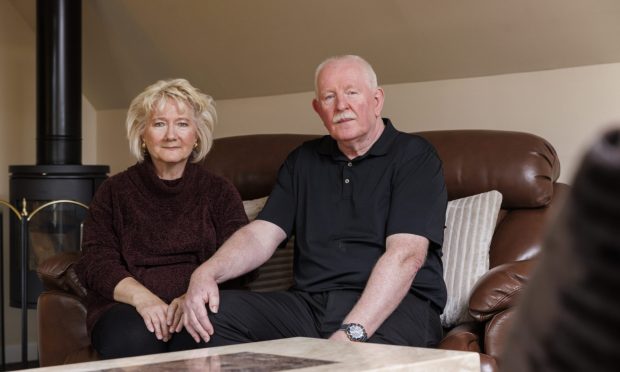
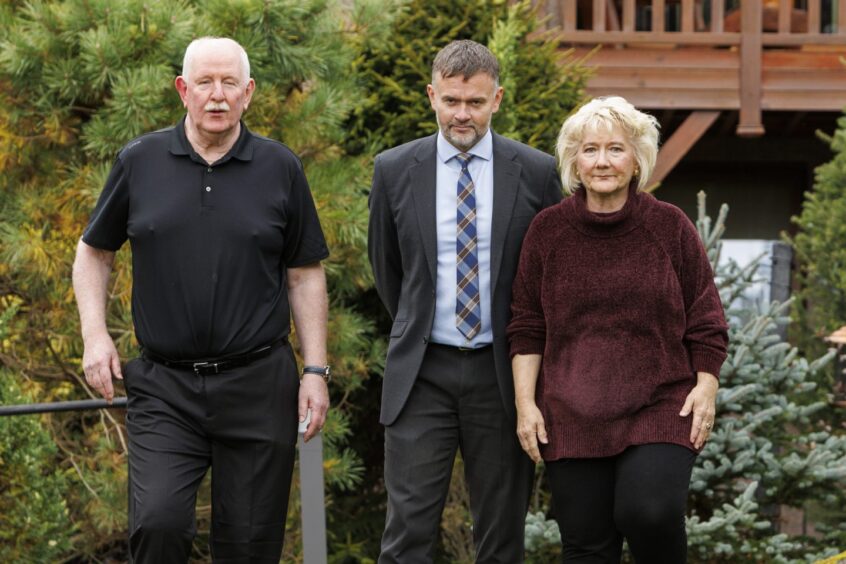
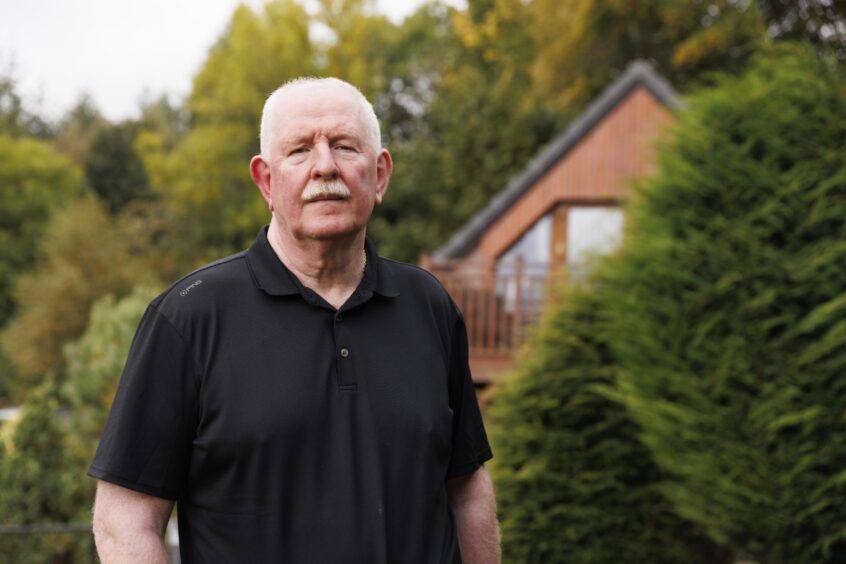
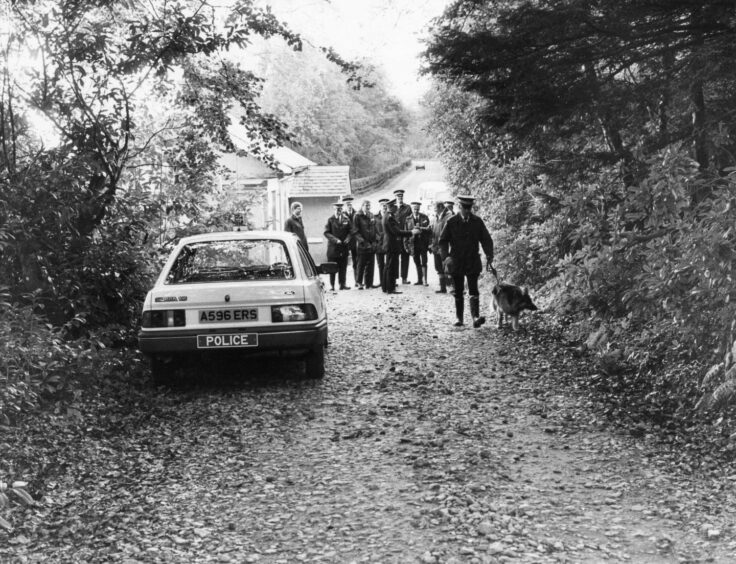
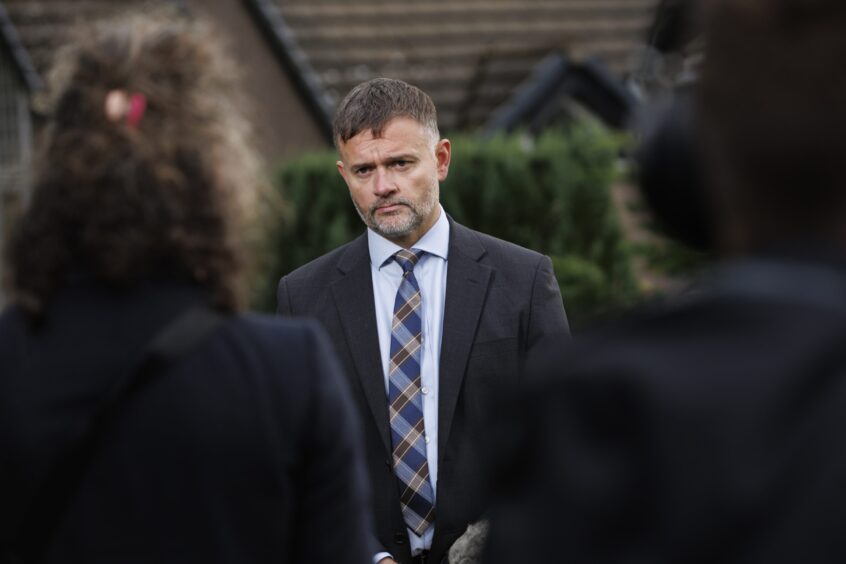
Conversation